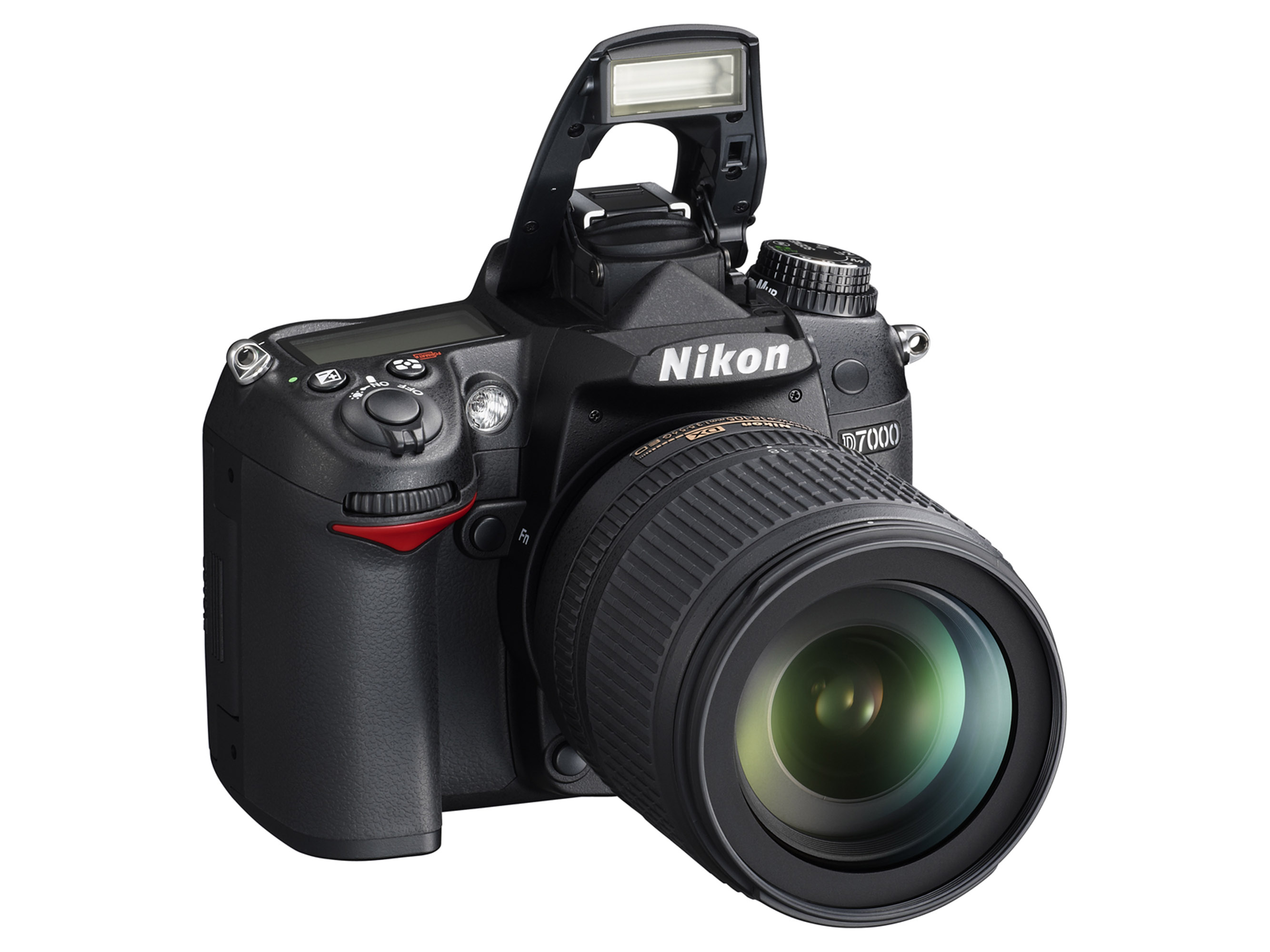


The D850 promises the same dynamic range advantage as the D810, meaning it should be able to compete with the medium format sensors used in the likes of the Fujifilm GFX 50S and Pentax 645Z.Ī BSI sensor with ISO 64 setting should be able to match the D810's low ISO DR while also offering improved performance in at high ISOs. Like the D810 before it, the D850 continues to offer an ISO 64 mode, that allows it to tolerate more light in bright conditions. This should not only increase the efficiency of the sensor (improving low light performance) but should also be expected to make the pixels near the edges of the sensor better able to accept light approaching with high angles of incidence, improving peripheral image quality. The use of a backside illuminated (BSI) sensor means that the light collecting elements of the sensor are closer to the surface of the chip. Advanced time-lapse options (including in-camera 4K video creation).SnapBridge full-time Bluetooth LE connection system with Wi-Fi.19.4MP DX crop (or 8.6MP at 30fps for up to 3 sec).1 XQD slot and 1 UHS II-compliant SD slot.4:2:2 8-bit UHD uncompressed output while recording to card.1080 video at up to 120p, recorded as roughly 1/4 or 1/5th speed slow-mo.
#Nikon frame dslr review full
UHD 4K video capture at up to 30p from full sensor width.153-point AF system linked to 180,000-pixel metering system.7 fps continuous shooting with AE/AF (9 with battery grip and EN-EL18b battery).This combination of properties should significantly widen the camera's appeal to high-end enthusiasts as well as a broad range of professional photographers. But, in a fairly radical departure for the series, it is also one of the company's fastest-shooting DSLRs. The Nikon D850 is Nikon's latest high resolution full-frame DSLR, boasting a 46MP backside-illuminated CMOS sensor.


 0 kommentar(er)
0 kommentar(er)
